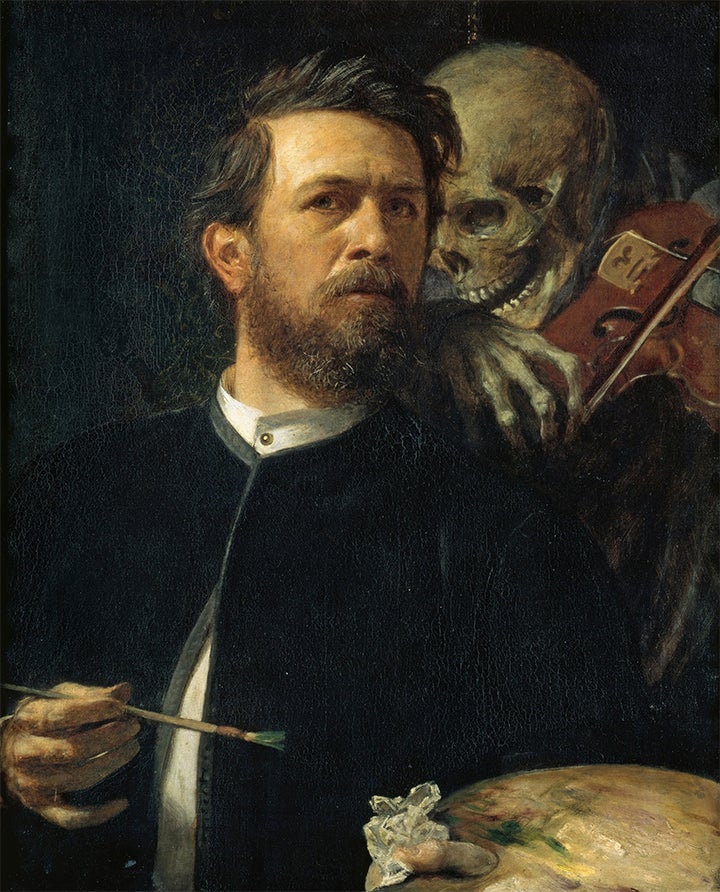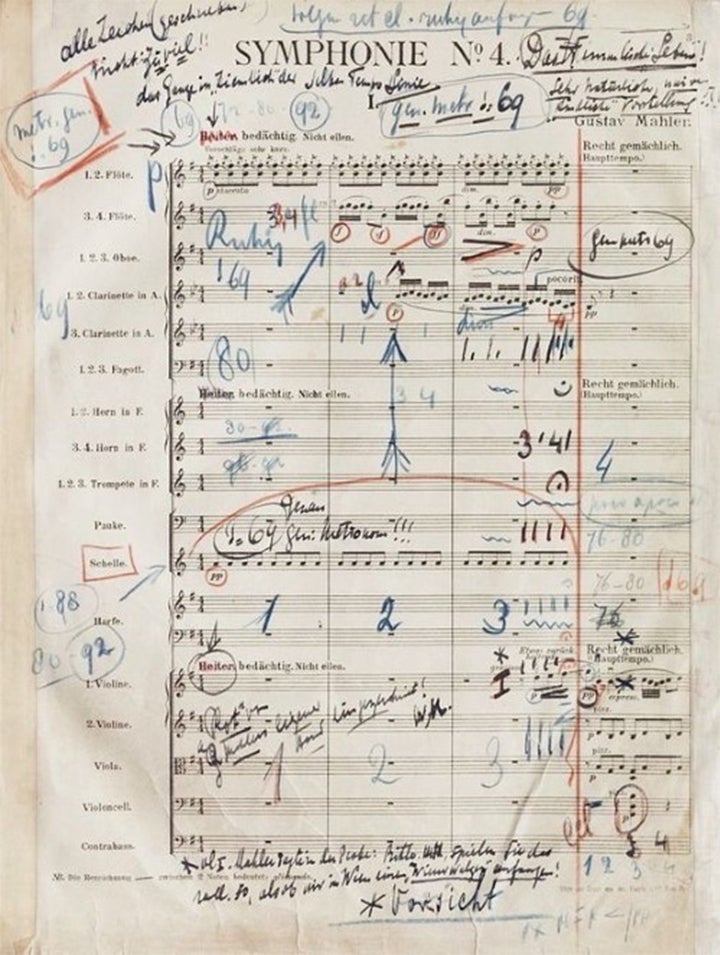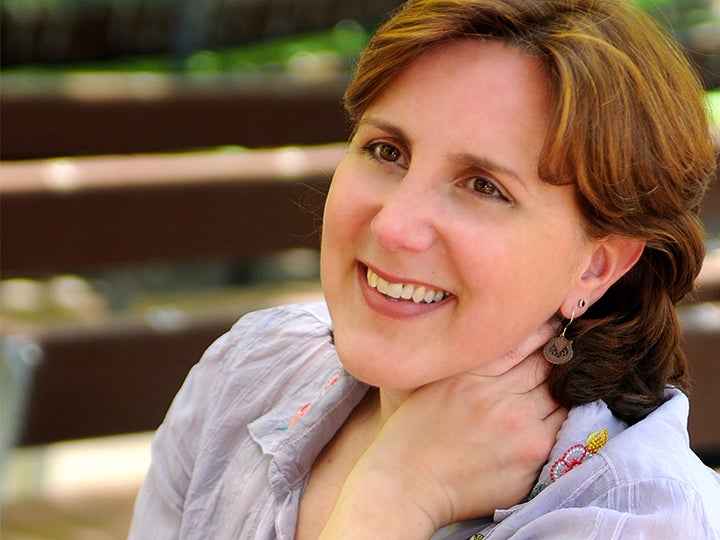4 Peculiar Things About Mahler 4
1. Beginning at the End
The last movement of Mahler’s Fourth Symphony predates the symphony by almost a decade. It was originally a humoresque song that sets texts from the Des Knaben Wunderhorn (The Boy’s Magic Horn) collection that Mahler admired so much.
2. A bizarre return of the first violin
The second movement, which presents itself as a standard scherzo, has the description of “Freund Hein spielt auf” (“Death Strikes Up”). Mahler’s wife, Alma, wrote that Mahler “was under the spell of the self-portrait by Arnold Böcklin, in which Death fiddles into the painter’s ear while the latter sits entranced.” This would explain why Mahler instructed the first violinist to play on strings tuned a whole step higher. This gives the violin a very intense and crazed sound, successfully reminding us that we never know just how close by death may be.

Here’s the opening of the second movement. At 8 seconds in, listen to the deranged sound of the violin.
3. The mysterious sleigh bells
The most famous mark of this symphony is the sleigh bells. Mahler never used them before, nor would he ever again. It is how he used them, however, that might point to why they are so memorable.
- First, they are the instrument we hear from the onset. Though they sound innocent enough, the effect is unsettling. This is Mahler’s “call to attention” replacing the typical brass fanfare with sleigh bells and flute. Listen from 0:00–0:12 below.
- The main melody couldn’t be more contrasting. It is in a Mozartian-style classicism, which becomes the predominant aesthetic of the symphony. So what of these sleigh bells that keep returning? Listen starting at 3:35 below.
- In the last movement, after the soprano sums up images of frolicking gaiety with a pristine hymn-like passage, the sleigh bells shatter the mood. It is as if Mahler is about to hand us a delicate glass orb, but smashes it when we least expect it. Listen from 48:59–49:35 below.
One might wonder how or why Mahler turned such a simple, seemingly one-dimensional instrument into something so complicated. They seem to be markers both naïve and menacing. They are innocent enough, yet seem to function as a warning. There seem to be ominous clouds over this “pastoral” and innocent symphony Mahler composed.

4. A “pastoral” symphony about death
This symphony is accepted as Mahler’s light and sunny symphony. It ends in a “happy” place, as the blissful heavenly images are depicted from a child’s point of view. But there is mangled darkness around the work that never really resolves. Looking back to the scherzo movement in its entirety, with the retuned violin representing Death’s fiddle, one might be surprised that Mahler choses Death’s tune to conclude the movement.
In the finale, the child’s “innocent” view of heaven in the last movement is filled with gluttony and saints slaughtering animals to eat. Even the idyllic ending of heaven’s perfect music is kept at a distance. Mahler does not bring us back home, but he instead takes us to a new key area, leaving the pastoral comfort behind. It is divine, but it lacks the contentment of a typical “happy ending.”
Don’t miss the Music Director Xian Zhang lead the NJSO and soprano Dawn Upshaw in this playful but peculiar work Jan 18–20, during the 2019 NJSO Winter Festival.
Post by Michael Rosin
Dawn Upshaw & Xian Zhang
2019 Winter Festival: Music Speaks
XIAN ZHANG conductor
DAWN UPSHAW soprano
JAY ANDERSON bass | FRANK KIMBROUGH piano | SCOTT ROBINSON clarinet
NEW JERSEY SYMPHONY ORCHESTRA
-
MARIA SCHNEIDER Winter Morning Walks (NJSO Premiere)
This poignant song cycle follows the singer on a series of walks in the woods, tracing a path back to wellness as winter gives way to early spring.
-
MAHLER Symphony No. 4
The playful and the profound mingle in this life-affirming symphony; its idyllic finale aims to “gladden our senses, so that all awaken for joy.”
